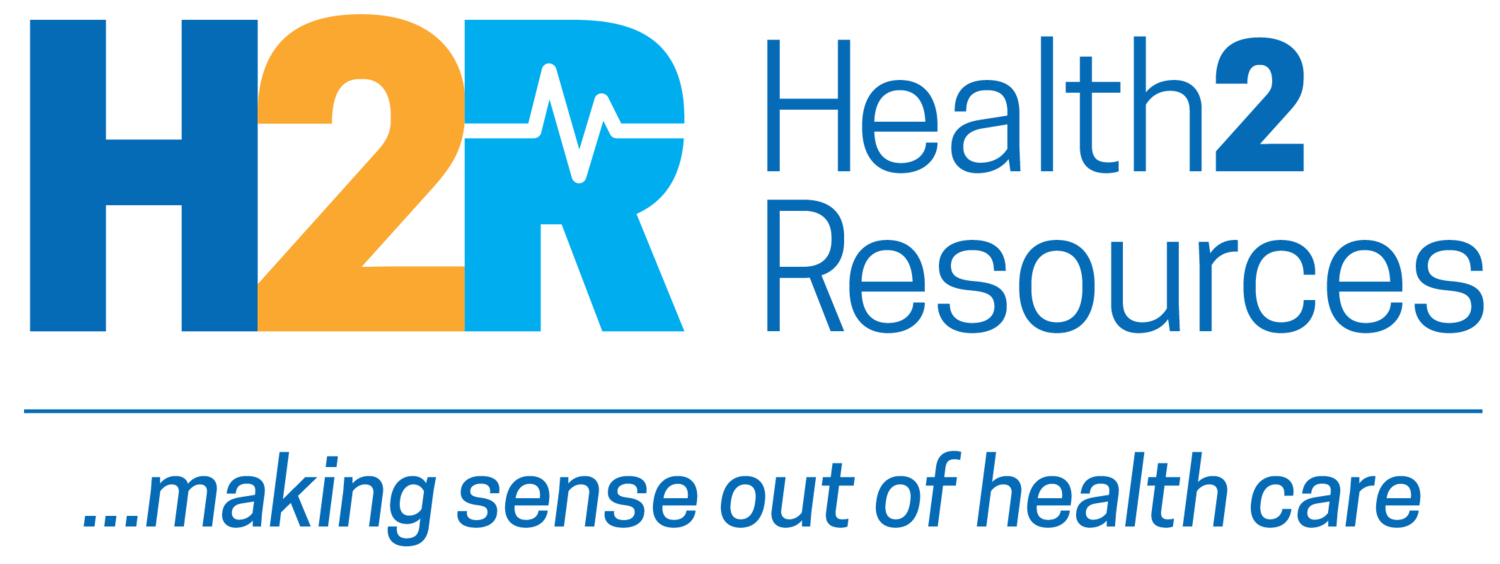June 27, 2019 | Transparency executive order raises legal questions
June 27, 2019
Industry News
Executive order requires price transparency
President Trump issued a much-anticipated executive order Monday calling for the disclosure of prices in health care. It directs federal agencies to create regulations and guidance that require insurers, doctors, hospitals and others to provide information about prices consumers actually pay. It's up to the Department of Health and Human Services to write the rules, but this could mean revealing negotiated and often discounted prices for care. (Wall Street Journal; NPR; Health Affairs blog)
Voters want improved rural health care access
Candidates may want to start talking about rural health care access. Ninety-three percent of Republicans and 92% of Democrats said making it easier to access health care in rural communities is important to them, according to a survey by Morning Consult for the Bipartisan Policy Center and the American Heart Association. Support isn’t merely bipartisan—it crosses the rural/urban divide: Ninety-one percent of non-rural voters and 95% of rural voters said this was an important issue. (Becker’s Hospital Review; survey results)
Innovation & Transformation
Detecting the sounds of a heart attack
Scientists tested a proof-of-concept to detect cardiac arrest using sounds picked up by smartphones and smart speakers. It worked. Contactless cardiac arrest detection is still in the embryonic stage, however. For instance, researchers want to collect more data from 911 systems to strengthen the tool’s ability to detect abnormal breathing patterns, Fierce Healthcare reports. “The ubiquitous nature of smart devices opens up a new way of monitoring health for relevant diagnostics,” says one of the authors, Jacob Sunshine, MD. (Fierce Healthcare; Digital Medicine)
Lay volunteers step in to address rural shortages
Rural communities in Wyoming are finding a workaround for clinician shortages with help from the Wyoming Center on Aging at the University of Wyoming’s Healthy U. Peer volunteers undergo 40 hours of free training. Volunteers from those trainings will go back into their communities to teach patients living with chronic conditions—like diabetes, high blood pressure, arthritis, pain or depression—how to better manage their health. (NPR)
Consumers & Providers
Physicians need to learn to convey bad news
With the time he has left, Dr. Ron Naito wants doctors to learn how to break bad news. Naito has stage 4 pancreatic cancer. He knew what the blood test results likely indicated, but the first specialist he saw—someone he’d known for years—wouldn’t acknowledge the results. “He simply didn’t want to tell me,” Naito recounts. The second specialist discussed the “very bad” results with a med student within earshot—before telling Naito. Now Naito is speaking out about the need for doctors to improve the way they break bad news. (NBC News)
Americans are getting more exercise, according to the Centers for Disease Control and Prevention. The percentage of all adults who now meet or exceed federal exercise guidelines rose from 18.2% in 2008 to 24.3% by 2017, according to the CDC’s Morbidity and Mortality Weekly Report. Federal physical activity guidelines advise at least 150 minutes of moderate aerobic exercise per week, or 75 minutes of vigorous aerobic exercise, as well as at least a moderate-intensity muscle-strengthening workout two days per week. (MMWR)
New & Noted
Building the net: Aunt Bertha, which connects those in need with public services and resources, recently announced it had secured $16 million in Series C funding. Less than 10 years old, Aunt Bertha is a robust hub for finding and applying to a range of social services across the country. (Built in Austin)
No horns: Last week, a paper in Scientific Reports claimed young adults were sprouting spurs on the back of the skull due to cellphone use. The report made headlines, but after consulting experts, The New York Timesreports, “O.K., cellphones are making us rude and inattentive, but medical experts don’t totally buy the idea that technology is also warping our skeletons.” (The New York Times; Scientific Reports)
Talking back to the TV: American Well and Cisco are expanding telehealth services for home-bound elderly patients by converting home TV sets into virtual care-delivery stations; they can connect with providers through their TV. (Becker’s Hospital Review)
Multi-media
What should you expect from Primary Cares?
The CMS initiative Primary Cares aims to reduce Medicare spending and improve both the quality of and access to primary care for Medicare beneficiaries. But what’s involved? Three primary care experts from Mathematica, Jeffrey Ballou, Eugene Rich and Julie Schilz, explain. (Mathematica)
MarketVoices...quotes worth reading
“Dr. Naito was given the news in the way that many people receive it. If the system doesn’t work for him, who’s it going to work for?”—Dr. Anthony Back, an oncologist and palliative care expert at the University of Washington in Seattle, on how even a physician didn’t receive bad news in a compassionate way, quoted by NBC News
